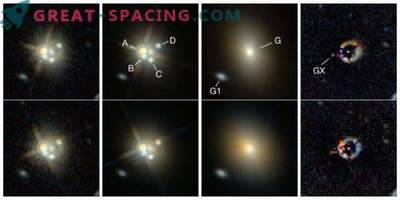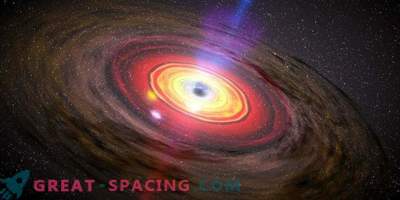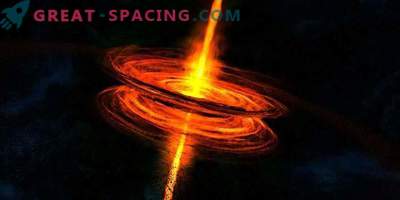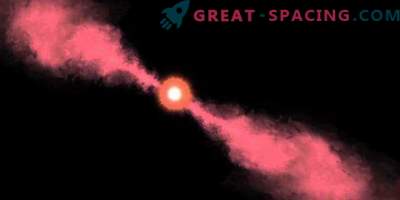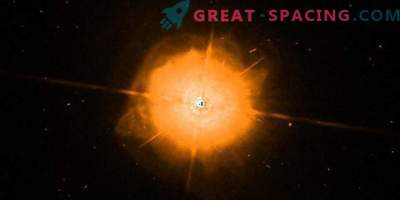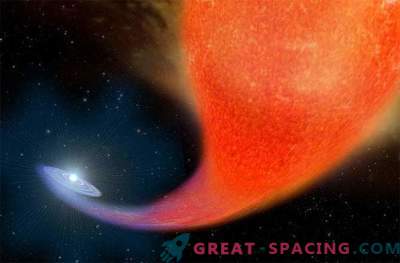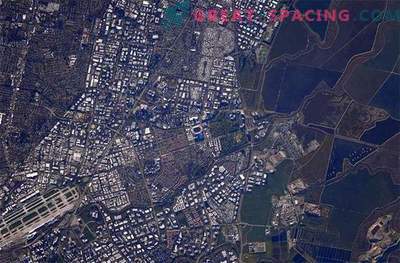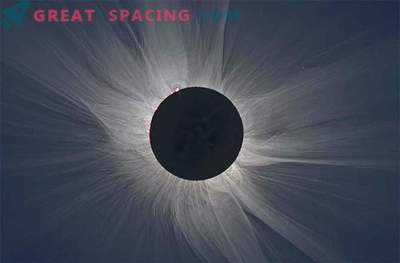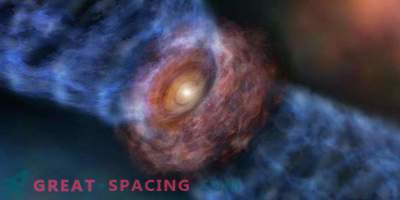
Scientists have discovered two new bright quasars with a red shift of about 5.0. These quasi-stellar objects (QSO) are among the brightest quasars with a high redshift.
Being the most massive black holes, bright quasars with high redshift are important to study, because they are perceived as noticeable beacons that most effectively reflect the chemical evolution of the Universe. But such objects are extremely rare. Up to this point, less than a dozen have been found with a redshift of more than 4.5 and in the i-range below 18.2.
For the last survey, a 2.3-meter telescope at the Siding Spring Observatory (Australia) was used with a wide-field spectrograph to observe objects found by SkyMapper Southern Survey, the Pan-STARRS1 telescope and WISE. The observation campaign was conducted from December 2017 to April 2018.
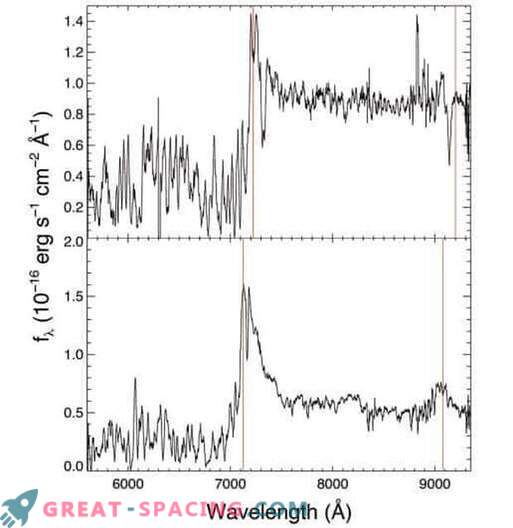
The spectra of two new bright z ~ 5 quasars: J013539-212628 with z = 4.94 (above) and J093032-221208 with z = 4.86 (below). Red lines mark the expected positions of Lyα (left) and CIV (right).
The quasars found are designated SMSS J013539.27-212628.4 and SMSS J093032.58-221207.7. They were noticed at redshifts of 4.94 and 4.86. SMSS J013539.27-212628.4 has a value in the i-range of 18.0, and for SMSS J093032.58-221207.7 it reaches 18.11.
In addition, this observation made it possible to re-find two bright quasars with high redshift, which have been identified in previous studies. Further research depends on the launch of SkyMapper DR2, scheduled for August 2018. Data should be expected in 2020.


